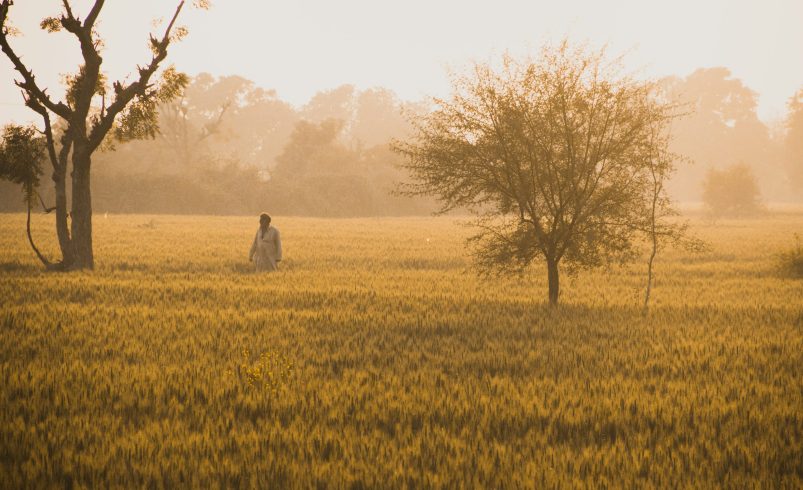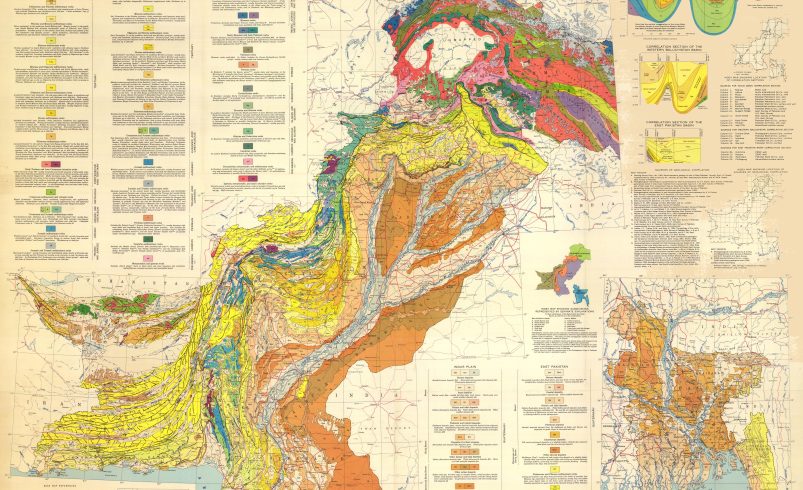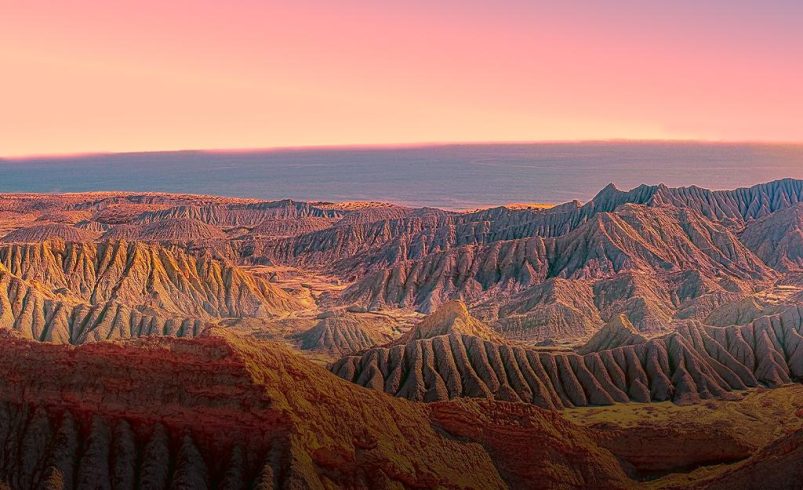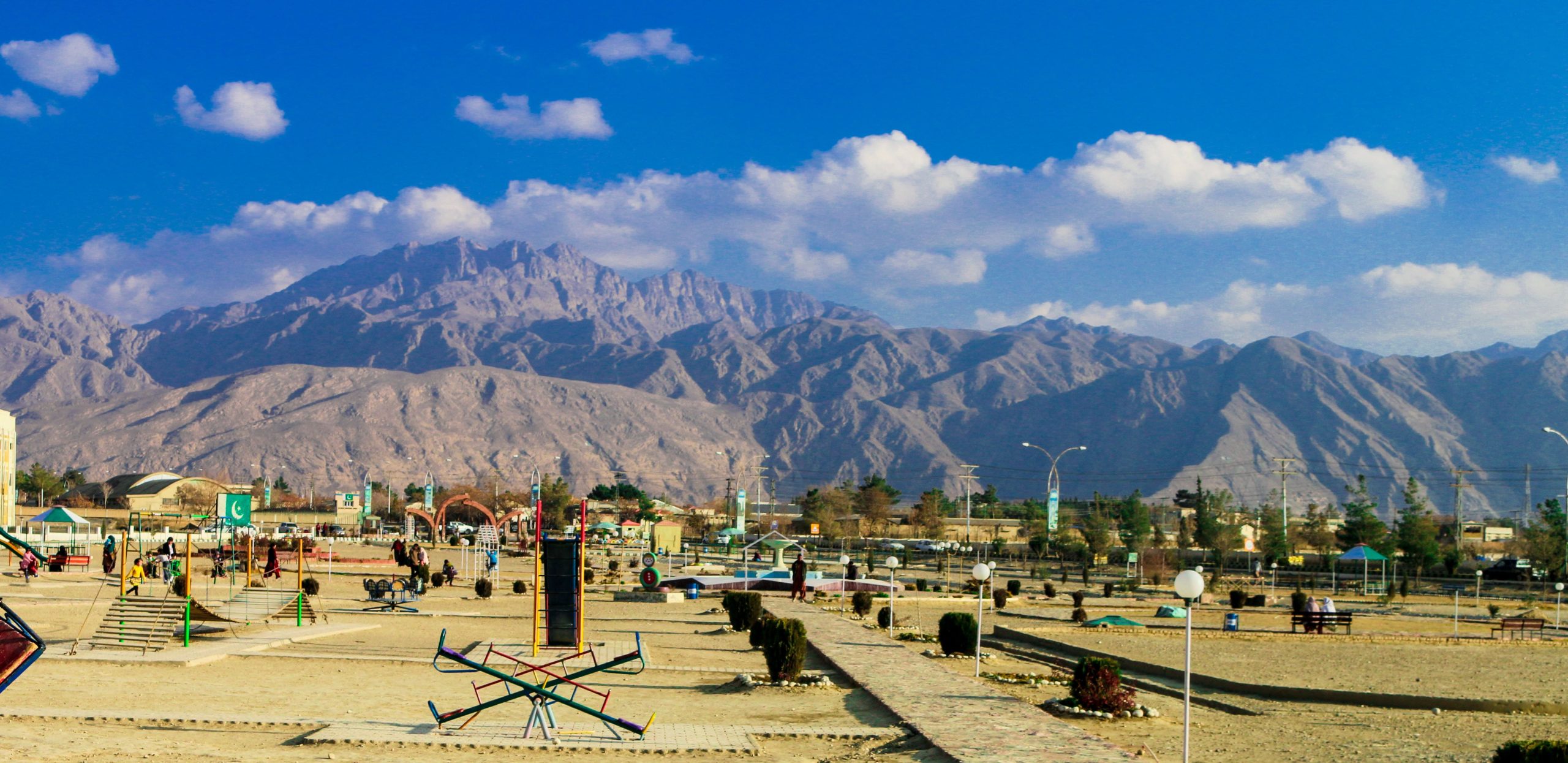
- April 10, 2025
Introduction
Punjab Insights offer a fascinating glimpse into one of the most culturally rich and historically significant regions of Pakistan. Punjab, known as the heart of the country, is the most populous province, with a history that dates back thousands of years. The region is home to lush fertile lands, influenced by the mighty Indus River, which has been pivotal in shaping the landscape and livelihood of its people.
- Key Highlights:
- Punjab is the most populous province in Pakistan.
- It is home to ancient civilizations like the Indus Valley Civilization.
- The region is shaped by the Indus River, providing fertile lands for agriculture.
- It blends modern developments with ancient heritage.
- Known for its rich history, diverse culture, and warm hospitality.
From ancient civilizations to modern-day developments, Punjab Insights reveal a blend of tradition and innovation. This region is not only an economic powerhouse but also a cultural hub, offering a wide range of experiences for travelers. Whether it’s the bustling streets of Lahore, the historic sites of Multan, or the serene beauty of Murree, Punjab invites visitors to explore its vibrant cities, historic landmarks, and rich heritage.
Historical Background of Punjab
Punjab Insights delve deep into the rich and ancient history of this region, which has witnessed the rise and fall of many great empires and civilizations. Due to its strategic location, Punjab has been a crossroads for numerous cultures and dynasties over thousands of years.
The Indus Valley Civilization
The Indus Valley Civilization (circa 2500 BCE) marked the beginning of urban life in the region, with cities like Harappa and Mohenjo-Daro. These cities were some of the most advanced urban settlements of their time, known for their well-planned streets, advanced drainage systems, and sophisticated craftsmanship. The civilization laid the foundation for Punjab’s cultural and technological advancements.
Influence of Alexander the Great
In 326 BCE, Alexander the Great invaded Punjab, bringing Greek influences to the region. This marked the first significant contact between the Greeks and the local cultures of Punjab. Although Alexander’s empire did not last long, the Greek architectural style and certain cultural practices left a lasting imprint on the region.
The Mauryan Empire and the Spread of Buddhism
Following Alexander’s invasion, the Mauryan Empire expanded into Punjab, spreading Buddhism throughout the region. Under Emperor Ashoka, numerous Buddhist monasteries and stupas were constructed. Today, remnants of these Buddhist sites can still be found in various parts of Punjab, showcasing the influence of this ancient religion.
The Delhi Sultanate and Mughal Empire
During the medieval period, Punjab became a significant political and cultural center under the Delhi Sultanate and the Mughal Empire. The region flourished, especially under the Mughals, with the construction of iconic structures like the Badshahi Mosque and Lahore Fort in Lahore. These monuments are examples of Mughal architectural grandeur and are symbols of the cultural richness during this period.
Rise of the Sikh Empire
The early 19th century saw the emergence of the Sikh Empire under the leadership of Ranjit Singh. His reign brought unity to the region, and the Sikh Empire became one of the most powerful kingdoms in the subcontinent. Under Ranjit Singh, Punjab saw significant development, both culturally and militarily, establishing a lasting legacy.
The Partition of 1947
The partition of India in 1947 had a profound impact on Punjab. The region was divided, with one part remaining in Pakistan and the other in India. This division led to significant displacement and hardship, but despite the challenges, Punjab in Pakistan has continued to preserve its historical legacy while embracing modernity.
Cultural Heritage of Punjab
The Cultural Heritage of Punjab Insights paints a vivid picture of a region that is a cultural tapestry woven from centuries of influences. Punjab is known for its vibrant traditions, expressive art forms, and the deep spirituality that is embedded in its everyday life.
- Language and Literature:
- Punjabi is the most widely spoken language in the region, with a rich literary history.
- Famous poets like Bulleh Shah and Warish Shah have immortalized the cultural essence of Punjab through their mystical poetry.
- Punjabi folklore includes oral traditions passed down through generations, telling tales of love, bravery, and historical events.
- Art and Craft:
- Phulkari is a traditional embroidery art form, known for its vibrant and intricate patterns, often used in bridal dresses.
- Punjabi pottery and carpet weaving are also important aspects of the region’s craft traditions, reflecting the skilled craftsmanship of local artisans.
- Music and Dance:
- The sound of the dhol drum can be heard during festivals and celebrations, adding rhythm to the colorful dances of Bhangra.
- Bhangra, originally a harvest celebration dance, is now globally recognized.
- Sufi music, particularly Qawwali, is a significant part of Punjab’s musical heritage, known for its soulful melodies and spiritual depth.
- Festivals:
- Baisakhi marks the harvest season and is celebrated with dancing, music, and traditional food.
- Lohri, a winter festival, is celebrated with bonfires, singing, and dancing to welcome the spring.
- Eid celebrations in Punjab are grand, with family gatherings, prayers, and elaborate feasts, showcasing the region’s religious diversity.
- Religion and Spirituality:
- Punjab is home to various religious communities, including Muslims, Sikhs, and Hindus.
- The Golden Temple in Amritsar is one of the holiest sites in Sikhism and attracts millions of pilgrims.
- Sufi shrines in Punjab, such as in Multan, are major spiritual sites, drawing devotees seeking solace and spiritual healing.
Best Time to Visit Punjab
- Spring (March–April): Ideal for Basant and cultural events
- Autumn (Oct–Nov): Best for sightseeing and mild weather
- Winter (Dec–Feb): Great for food exploration and visiting shrines
- Avoid summer (May–August) unless heading to Murree or hill areas
How to Reach Punjab
- By Air: Lahore, Multan, and Bahawalpur have international and domestic airports
- By Road: Motorways from Islamabad and Karachi ensure smooth travel
- By Train: Pakistan Railways connects major cities and towns
- Islamabad to Lahore: ~4.5 hours by M2
- Islamabad to Multan: ~7 hours by M4
- Islamabad to Murree: ~1.5 hours drive
Best Places to Visit in Punjab
Murree
A popular hill station nestled in the outer Himalayas, Murree is known for its lush pine forests, cool weather, and colonial charm. It’s the perfect escape from Punjab’s hotter regions.
Key attractions:
- Mall Road shopping and food stalls
- Patriata (New Murree) chairlift and cable car
- Kashmir Point and Pindi Point views
- Bhurban resorts and walking trails
Why visit: Ideal for families, honeymooners, and snow lovers in winter
Lahore
The cultural capital of Punjab, Lahore is a city where history, art, and modernity coexist. It’s the beating heart of Pakistan’s culinary and artistic scene.
Key attractions:
- Badshahi Mosque and Lahore Fort (UNESCO-listed)
- Walled City and Shahi Hammam
- Lahore Museum and Anarkali Bazaar
- Shalimar Gardens and Minar-e-Pakistan
Why visit: A must-see for food lovers, history buffs, and culture enthusiasts
Multan
Known as the City of Saints, Multan is famous for its centuries-old Sufi shrines, rich culture, and handcrafted sweets.
Key attractions:
- Shrine of Shah Rukn-e-Alam
- Multan Fort and Qasim Bagh
- Ghanta Ghar and Hussain Agahi Bazaar
- Multani Sohan Halwa shops
Why visit: Perfect for spiritual tourism and traditional handicrafts
Bahawalpur
Once a princely state, Bahawalpur offers a unique mix of royalty, desert adventures, and natural beauty.
Key attractions:
- Noor Mahal and Darbar Mahal palaces
- Derawar Fort in the Cholistan Desert
- Lal Suhanra National Park (black bucks and desert ecology)
- Central Library and Bahawalpur Museum
Why visit: For majestic forts, desert festivals, and off-the-beaten-path experiences
Faisalabad
Known as the Manchester of Pakistan, Faisalabad is a hub for textile shopping and has a bustling urban vibe with historical significance.
Key attractions:
- Clock Tower and Eight Bazaars
- Lyallpur Museum
- Gatwala Wildlife Park
- D Ground for food and shopping
Why visit: Best for local shopping, food, and urban exploration
Khewra Salt Mines
One of the oldest and second-largest salt mines in the world, Khewra Salt Mines is a geological wonder and family-friendly tourist spot.
Key attractions:
- Underground tunnels and salt cathedral mosque
- Salt-made miniature models of famous landmarks
- Electric train ride inside the mine
- Salt therapy chambers for asthma patients
Why visit: A unique natural attraction ideal for educational and fun day trips
Soon Valley
A hidden gem in northern Punjab, Soon Valley is a serene place filled with natural lakes, waterfalls, and ancient history.
Key attractions:
- Uchhali and Khabeki Lakes
- Akrand Fort ruins and Amb Shareef Temples
- Sakesar Mountain (highest point in Salt Range)
Why visit: Ideal for nature lovers, hikers, and history enthusiasts seeking peace
Rohtas Fort
A UNESCO World Heritage Site, Rohtas Fort is a historical military fortress built by Sher Shah Suri. Its strategic design and grandeur make it an essential stop.
Key attractions:
- Sohail Gate and Haveli Man Singh
- Thick stone walls, watchtowers, and bastions
- Panoramic views from the fort walls
Why visit: Great for photographers, history fans, and day trips from Islamabad or Lahore
Activities to Do in Punjab
- Explore Mughal-era sites and colonial buildings
- Visit ancient Sufi shrines
- Enjoy traditional Punjabi cuisine and street food
- Shop local crafts and fabrics
- Attend spiritual festivals and cultural melas
- Hike or relax in Murree’s pine forests
- Take a desert jeep ride in Cholistan
Local Festivals & Events
- Basant (Lahore): Kite flying, music, and rooftop feasts
- Urs of Data Darbar (Lahore): Spiritual gathering of Qawwals and devotees
- Cholistan Jeep Rally (Bahawalpur): Off-road desert event
- Sibi Mela: Cultural fair with livestock and folk music
- Multan Cultural Festival: Celebrates local crafts and food
Where to Stay
- Lahore: Luxus Grand, Pearl Continental, Backpackers Hostel
- Multan: Ramada, Hotel Grace Inn, local inns
- Bahawalpur: Hotel One, Royal Mark, Derawar desert camps
- Murree: Shangrila Resort, Pine Top Hotel, guesthouses near Mall Road
What to Eat
- Lahore: Nihari, Chargha, Gol Gappay, Lassi
- Multan: Sohan Halwa, Chana Chaat, Dahi Bhallay
- Bahawalpur: Mutton Karahi, traditional Barfi
- Murree: Corn Soup, Pakoras, warm halwa puri
- Visit food streets like Gawalmandi and Anarkali for authentic flavors
Estimated Costs in PKR
- Budget: PKR 3,000–4,000/day (hostel, street food, buses)
- Mid-range: PKR 6,000–9,000/day (3-star hotels, taxis, restaurants)
- Luxury: PKR 15,000+/day (5-star hotels, private tours, fine dining)
Travel Packing Checklist
- Modest and light clothes
- Warm jacket for hill stations
- Travel documents and ID copies
- Medications and first-aid items
- Power bank, chargers
- Sunscreen, sunglasses, water bottle
- Comfortable shoes and scarf for shrine visits
Emergency Contacts & Health Precautions
- Emergency (Rescue 1122)
- Police Helpline: 15
- Edhi Ambulance: 115
- Major hospitals: Jinnah Hospital (Lahore), Nishtar (Multan), Bahawal Victoria (Bahawalpur)
- Follow hygiene precautions, drink bottled water, avoid raw street food, carry a mask
Travel Tips
- Book hotels and transport in advance during festivals
- Learn a few Urdu or Punjabi phrases
- Respect cultural dress codes, especially near religious sites
- Stay cautious with street vendors – check hygiene
- Prefer InDrive or Careem over local taxis
- Keep local SIM and emergency contacts handy
- Keep valuables in a secure travel pouch
- Avoid isolated areas after dark
FAQs
What is included in Punjab Insights?
Punjab Insights provide a comprehensive look into the culture, history, and travel destinations of the region. Specifically, this includes detailed information about major cities, historical landmarks, cultural practices, and local festivals. Additionally, it offers valuable travel advice, such as the best times to visit and how to get around. Therefore, it is an essential resource for anyone planning to explore Punjab.
Why is Punjab considered culturally significant?
Punjab holds immense cultural significance for several reasons. First, it is the birthplace of ancient civilizations, including the Indus Valley. Furthermore, the region has been home to great empires like the Mauryas, Mughals, and Sikhs, each of which has left a lasting influence on its traditions, art, architecture, and religious practices. Consequently, Punjab Insights highlight how these historical developments have shaped the modern-day cultural landscape of the province.
When is the best time to visit Punjab?
The best time to visit Punjab largely depends on the experiences you wish to have. For instance, if you want to enjoy pleasant weather and partake in local festivals, Punjab Insights suggest visiting during the cooler months from October to March. This is the ideal time for sightseeing, as the temperature is comfortable for exploring cities like Lahore, Multan, and Murree. Alternatively, if you are interested in agricultural festivals like Baisakhi, visiting in April provides a unique cultural experience.
What are the must-visit places in Punjab?
According to Punjab Insights, several must-visit places in Punjab offer unique experiences. For example, the historic Lahore Fort is a symbol of the Mughal era, while the religiously significant Golden Temple in Amritsar attracts pilgrims from all over the world. Additionally, the Khewra Salt Mines and the majestic Rohtas Fort are also noteworthy, as they hold both historical and scenic value. These destinations offer a well-rounded understanding of Punjab’s rich cultural and natural beauty.
How can I explore the culture of Punjab?
Exploring the culture of Punjab is an enriching experience, with many opportunities to dive deep into its traditions. For starters, Punjab Insights recommend immersing yourself in its vibrant festivals, such as Baisakhi and Lohri, where you can enjoy traditional food, music, and dance. Moreover, trying local delicacies like biryani, samosas, and makki di roti will offer a true taste of Punjab. Visiting historical sites like the Badshahi Mosque and Sikh shrines will further enhance your understanding of the region’s spiritual and cultural heritage.
Is it safe to travel to Punjab?
Yes, Punjab is generally a safe destination for travelers. However, as with any travel experience, it is always important to stay informed about local conditions and follow basic safety precautions. Punjab Insights recommend checking travel advisories before your trip and being cautious in crowded areas. Additionally, respecting local customs and keeping emergency contact numbers handy ensures a smooth and safe experience. Therefore, having travel insurance and being aware of health precautions will also provide peace of mind during your journey.
Conclusion
Punjab is a heartwarming blend of ancient heritage, soulful music, vibrant colors, and delicious food. Whether you’re tracing spiritual paths, capturing the architecture of old forts, or getting lost in the aroma of spices, Punjab welcomes you with open arms. With this detailed Punjab travel guide, your journey will be both immersive and unforgettable.






